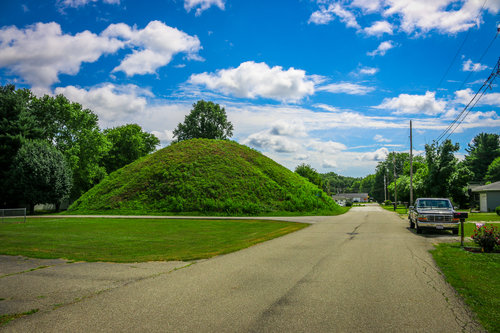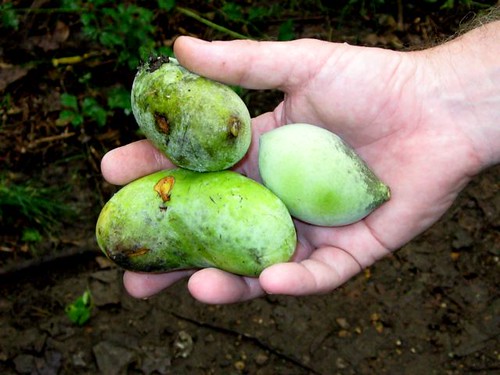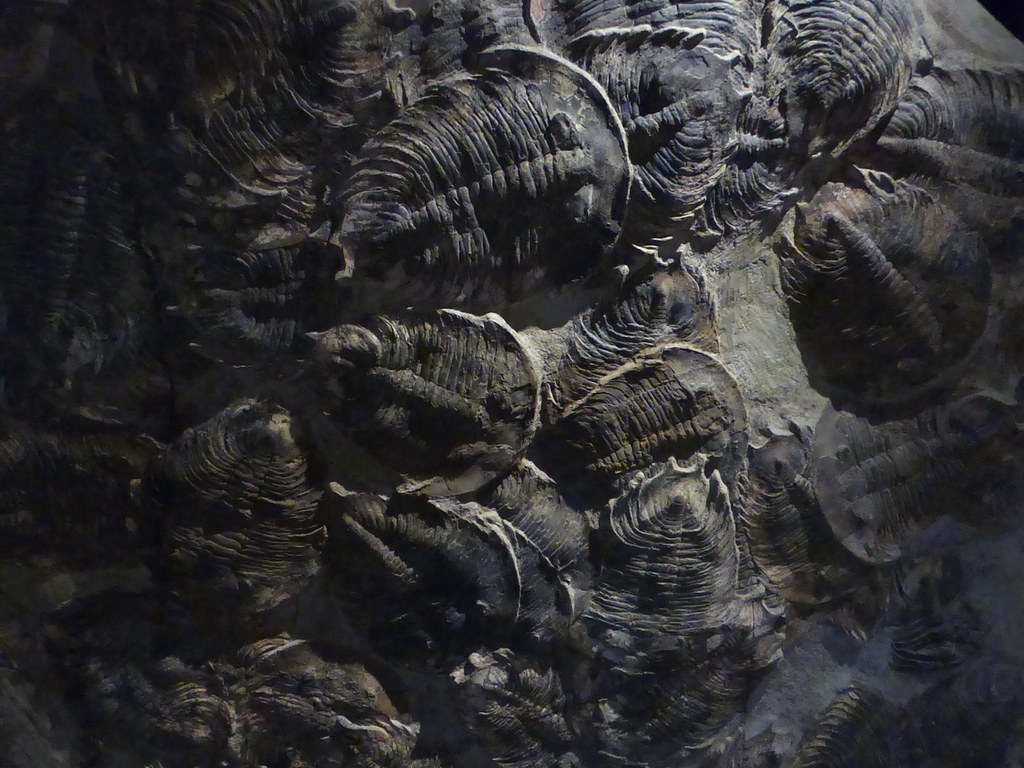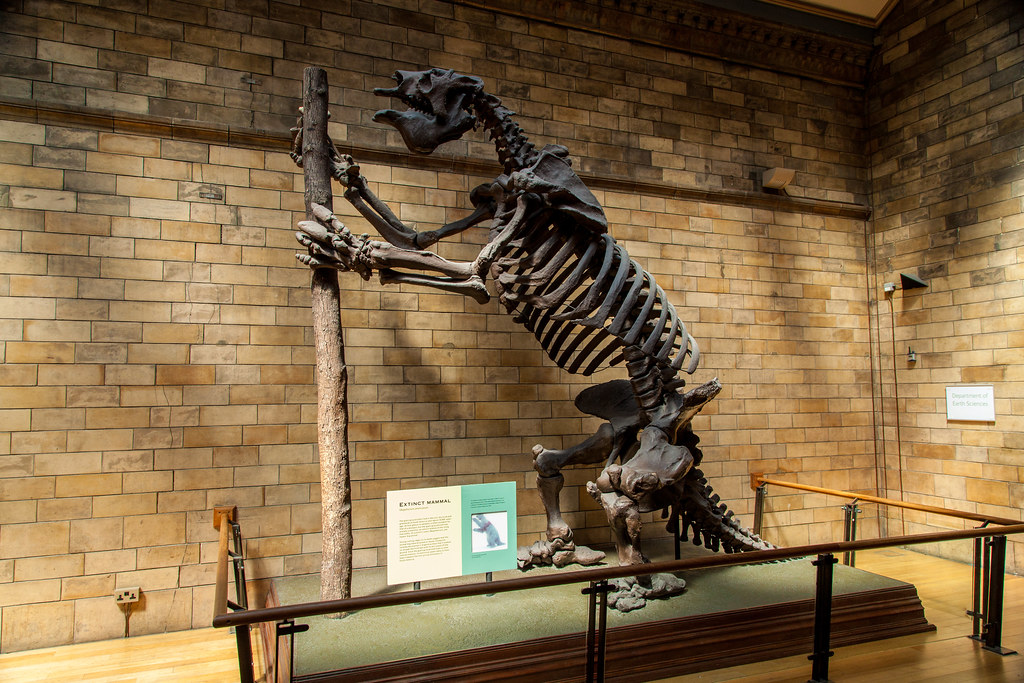

Happy Indigenous Peoples’ Day! We celebrate this on second Monday of every October. This is the same day as Columbus Day.
What does ‘indigenous’ mean?
Indigenous people are the people who lived in a place before colonization. In the U.S., the many different tribes of Native Americans are all indigenous. They lived here thousands of years before Europeans arrived, and still live here today.
We celebrate Indigenous Peoples’ Day to honor the histories and cultures of indigenous people all over the world. It is celebrated in many cities, towns, and states. Some areas have replaced Columbus Day with Indigenous Peoples’ Day. Many celebrations include dancing, sharing food, and singing songs of local tribes.
You can learn more about Indigenous People’s Day at history.com.
Re-thinking the “Discovery” of America
“In 1492 Columbus Sailed the Ocean Blue.” Where did he end up? What did he discover?
As many of you might already know, Christopher Columbus, an Italian explorer, set sail to chart a route to China in 1492. This became his most infamous voyage with his “discovery” of the Americas. Upon arriving in the Americas, Columbus encountered the people, who he referred to as Indians, that inhabited these lands and called them home.
From the perspective of some indigenous Americans, it isn’t exactly a “discovery”if thousands of people already live there. This holiday is a chance to remember indigenous people’s part of the story as well.
Ideas for Celebrating Indigenous People’s Day
- Learn about the Native Americans of southeast Ohio and try seeing your home from a different perspective! Keep reading this post for more info.
- Attend a cultural celebration and participate in dancing , song, and eating foods from local indigenous tribes. If there are not any celebrations available to you locally, consider trying to make your own cuisine.
- Watch a movie! Choose a movie that celebrates indigenous people and their accomplishments. Look for a movie that shows indigenous people in an authentic way, but avoid inaccurate Hollywood movies. We Shall Remain is an inspirational and educational series! It covers the “discovery of America” and its colonization from various perspectives. It includes the perspective of the indigenous peoples who lived in the Americas. Watch it here.
- Read folklore stories from the Wyandot , one of the influential tribes of Ohio. Choose your favorite folklore story and post a comment to the blog! Myths from Wyandot Tribe.
Native Americans of the Hocking Valley

Indigenous peoples thrived in Athens and Southeast Ohio for thousands of years. Many places in our towns were first made by native people.
For example, many of our roads were first created by indigenous peoples. The James Rhoades Appalachian Highway (including US 33 and US 50) and East State St (in Athens) used to be a well-travelled path made by Indians in the region. This road was called the “Buffalo Trace.” Some of the trails through Strouds Run State Park also connected to this system.
In The Plains, Ohio, you can find mounds built by the Adena people about 2000 years ago. This is the third largest concentration of Adena mounds in the eastern portion of the United States. Drive by Mound Street in The Plains to see the largest one! You can also watch our virtual field trip at the mound here.
The Adena were the ancestors of the Shawnee. The Shawnee, as well as the Wyandot and Delaware tribes, were the people living in the Hocking River valley when European settlers arrived. Most of the Shawnee were forced to move west in the 1800s. Today, most Shawnee live in Oklahoma, but still have connections to Ohio.
Learning from indigenous forest management

European settlers cleared many forests. They needed room for agriculture and timber for building. The forest looked wild to the settlers. But evidence shows that indigenous peoples carefully tended the forests. This helped give them food and shelter.
They made choices to encourage helpful trees, plants and animals to grow. They increased the number of oak, hickory and fruit trees in our forests. These trees make delicious food! Have you ever tried them?
Go on a Forest Resource Scavenger Hunt
The forests are still full of trees that indigenous people cultivated. Try hunting for the trees on the list below in your local woods! Share a picture or tell us where you found them in the comments.
TIP: Consider using a field guide like the ODNR TREES OF OHIO field guide to help identify trees!
| Plant | Picture/Identifying Features | Location/Hints |
| Pawpaw Tree | Try hiking through Sells Park and the Ridges! These trees bear fruit that ripens in September and October. | |
| Persimmon Tree | Find the Persimmon Tree on Radar Hill. There are some at Strouds Run, too! | |
| Red Mulberry Tree | Go to Highland Park! There is also a Mulberry tree at the top of Radar Hill. | |
| Sumac Tree | Sumac trees have red leaves in the fall. Check around the pond at the Ridges! | |
| Oak Tree | These are plentiful! If you find acorns on the ground, it fell from an oak tree! | |
| Eastern Redbud Tree | This tree has heart-shaped leaves that are bright yellow in the autumn! Can you find a bright yellow leaf? | |
Chestnut Tree | The leaves on this tree are long and jagged. We’ve seen a few on the the east side of Athens! Watch out for their nuts! | |
| Osage Orange Tree | Check out fence lines! These trees were the original barbed-wire. Look for the hedge apples! | |
| Maple Tree | There are several varieties of the Maple. You just have to find one! Do you have any in your yard? |

